When it comes to delivery, it’s common for mothers to be worried about the pain and discomfort associated with it. Be rest assured that countless women through the ages have gone through this experience and emerged all the stronger from it.
While it is not my intention to diminish labour pains, there are ways to deal with it. Effective labour pain management is important – too much labour pain can be tough, making it difficult to bear down properly during labour. Let’s explore some of the available pain-mitigating approaches that are available to expecting mothers.
Non-medical pain relief
Mums who prefer not to rely too much on medication find this method useful even during early pregnancy. However, at its core are two basic prerequisites, namely:
- Be in good physical condition. Labour can be physically tiring, so being in better physical shape helps. Maintain a gentle exercise routine regularly throughout your pregnancy and avoid strenuous exercises. The simplest would be to take morning or evening walks. You may also opt for other low impact exercises, e.g. prenatal yoga, pilates.
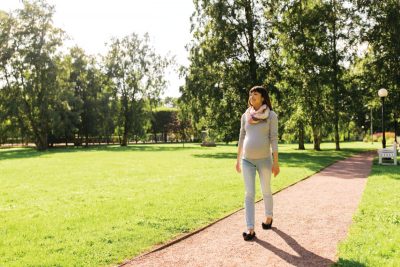
- Good posture helps. This helps reduce fatigue, and pain in the lower back and neck area. If you’re not sure what constitutes good posture, ask your gynaecologist for tips on correct standing and sitting posture. Even when reclining, do use small pillows to help support your body and legs where appropriate.
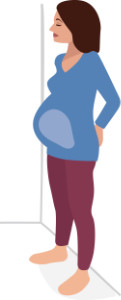
Other alternative methods that can be used to help mitigate labour pains are:
- An exercise ball. Also referred to as a stability or physiotherapy ball, it is essentially a large inflatable ball used as exercise equipment. It can also be used during pregnancy and right up to delivery to help keep you more comfortable, e.g. first sitting on it, then rocking while leaning forward on the bed, as opposed to reclining on the bed, preferably with the spouse to assist you. Just like any other exercise equipment, care and precautions should be observed when you are using it.
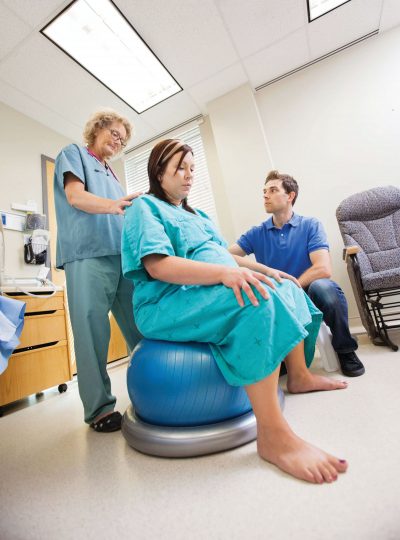
- Transcutaneous electrical nerve stimulation (TENS). This therapy uses a mild electrical current to stimulate the nerves and muscles. Its use during pregnancy should be done by a professional as there is a possibility of inducing labour if the electrodes are placed on the wrong acupuncture point (i.e. it will cause contractions). It can be used on its own or with other pain relief methods.
After delivery, you may want to consider postnatal massage not just for pain relief, but to help the body to recover. These massages are helpful for boosting the recovery process and can be soothing physically, mentally and emotionally – this is especially important if the childbirth was difficult.
Medical choices for pain relief
Other than non-medical means of pain relief, there are the tried-and-tested medical options. These include:
- Medical gas. A mixture of nitrous oxide and oxygen is inhaled just as contraction starts. While it does not stop pain, it helps to downplay the intensity of the contractions. It also does not interfere with contractions and the gas does not stay in the mum’s or baby’s body after birth.
- Injections. Pethidine is a popular choice as it is relatively safe for both the mum and child. It can be injected into a large muscle such as the buttocks or intravenously via a drip. However, some women have reported feeling nausea, disorientation, shortness of breath, and even lack of pain relief.
- Epidurals. It’s an effective option that is injected directly into the spinal cord. While the procedure itself can be painful, once it takes effect, mum will be numb from the waist down. Some common side effects include nausea, feeling weak-kneed, possible difficulty with vaginal birth (due to numbness), and pain/tenderness at the injection site.
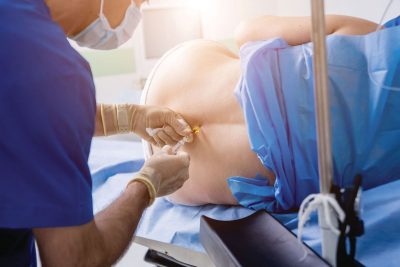
Before you make your pick
Pregnant mums should feel free to discuss the available options with their doctor. Each has its own pros and cons, so learn as much as you can and your doctor will help to provide you with the information you need to make an informed choice.
Don’t worry! Whether you gave birth naturally, via caesarean section, with (or without) the use of medical pain relief, you are still going to become a mum. At the end of the day, it’s your body so you deserve to make a choice about how you handle your delivery.
An educational collaboration with Obstetrical and Gynaecological Society of Malaysia.

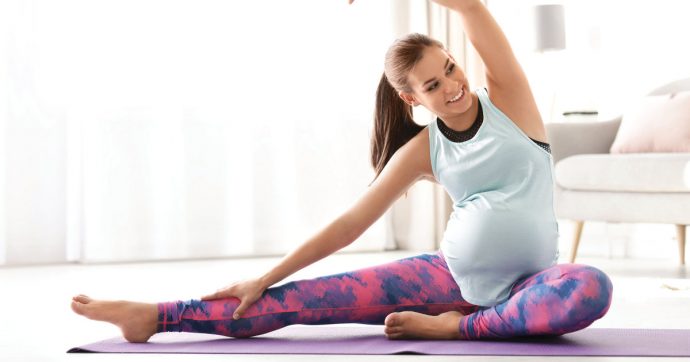

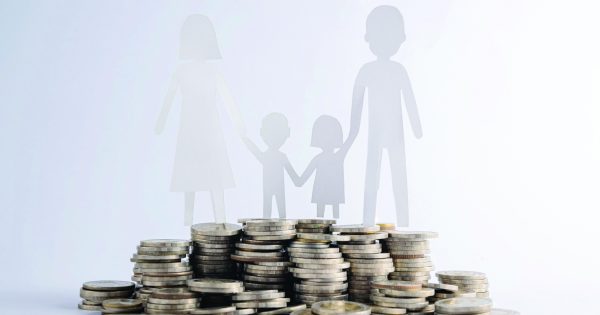
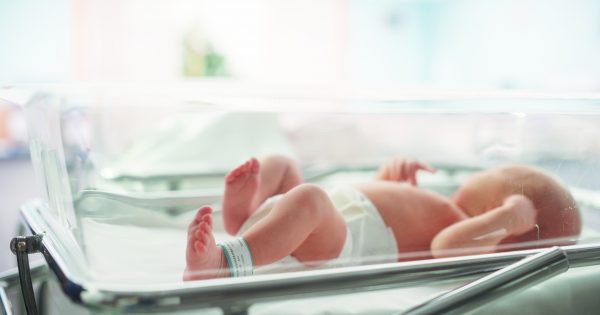
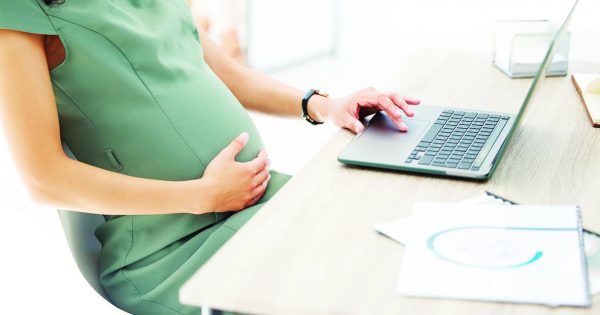

Comments